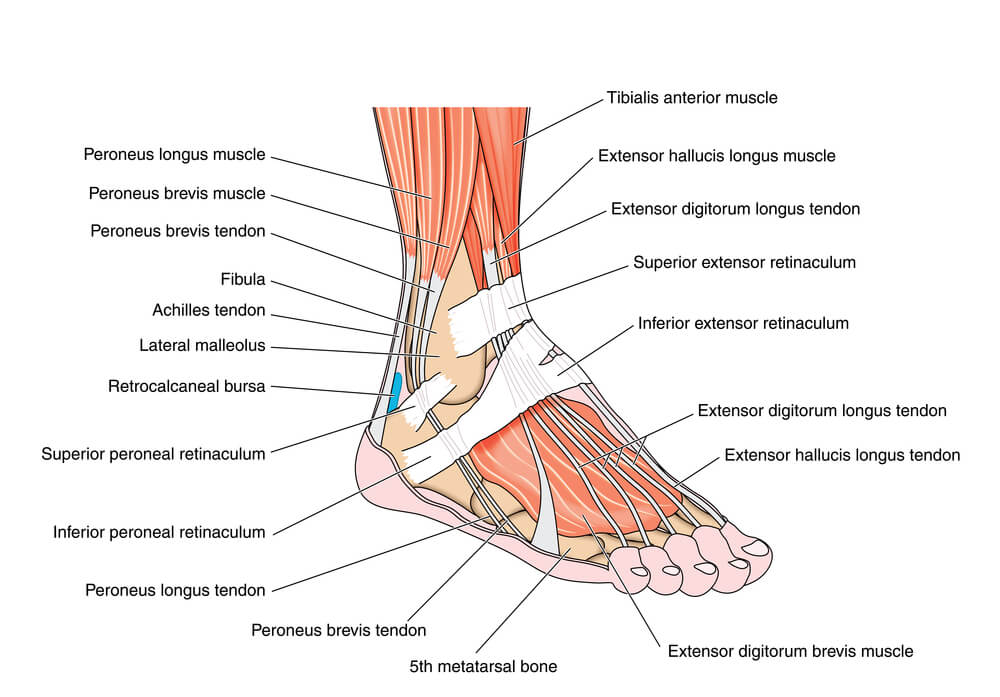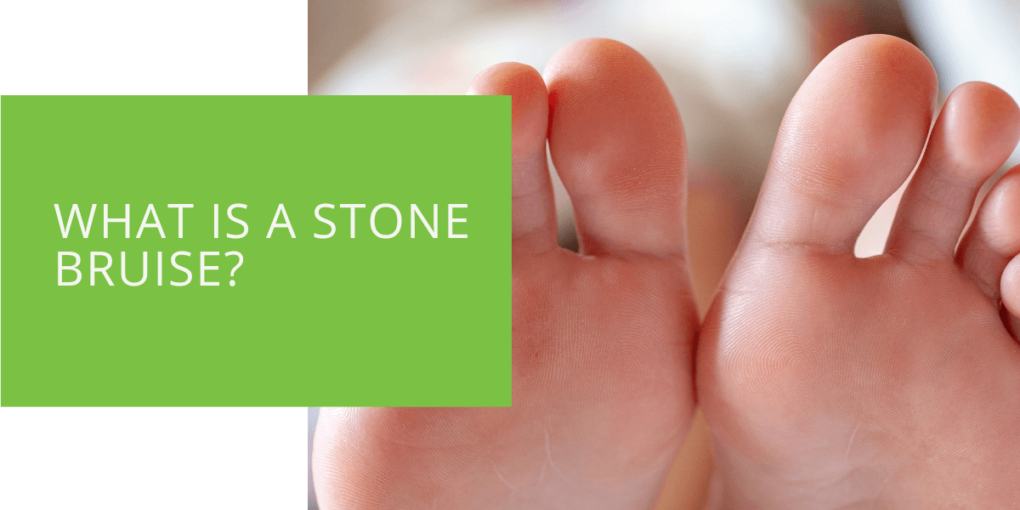What is a Stone Bruise?
Have you ever stepped on a small rock or pebble and experienced a sharp pain in your foot? This is a common injury known as a stone bruise. Stone bruises are a common cause of foot pain, particularly in the heel or ball of the foot. This article will discuss the causes, symptoms, diagnosis, and treatment of stone bruises, as well as prevention tips to help you avoid this common foot injury.
Definition of a Stone Bruise
A stone bruise, also known as metatarsalgia, is a condition that results from direct trauma to the bottom of the foot, typically from stepping on a stone or other hard object. A stone bruise can cause pain in the ball of the foot or heel, sometimes accompanied by inflammation or swelling. It is a common condition that can affect anyone but is particularly common in runners and athletes who engage in high-impact activities.
Anatomy of the Foot
To understand how a stone bruise occurs, knowing the foot's anatomy is helpful. The foot comprises 26 bones, including five long bones called metatarsals that run from midfoot to toe. The ball of the foot is located at the base of the metatarsals, while the heel is located at the back of the foot, below the ankle. The foot also contains a layer of fat, known as the fat pad, which provides cushioning and support to the bones and joints.

Causes of a Stone Bruise
A stone bruise can occur for various reasons, including stepping on a stone or other hard object, wearing poorly-fitting shoes, or participating in high-impact activities that put pressure on the feet. Some common causes of stone bruises include:
Poorly-Fitting Shoes
Wearing shoes that are too tight or loose can cause a stone bruise by putting pressure on the foot and compressing the fat pad. Shoes that lack sufficient arch support or cushioning can also contribute to the development of stone bruises.
High-Impact Activities
Participating in high-impact activities like running or jumping can pressure the metatarsals and cause a stone bruise. This is particularly true if the activity is on hard surfaces, such as concrete or asphalt.
Foot Structure
Individuals with certain foot structures, such as high arches or flat feet, may be more prone to developing stone bruises due to the increased pressure on certain areas of the foot.
Other Conditions
Certain conditions, such as plantar fasciitis, metatarsal stress fractures, bunions, and rheumatoid arthritis, can increase the risk of developing stone bruises. These conditions can cause the foot to inflame and make it more susceptible to injury.

Symptoms of a Stone Bruise
The most common symptom of a stone bruise is pain or discomfort in the ball of the foot or heel. This pain is typically sharp and localized and can be accompanied by tenderness or swelling. In some cases, a stone bruise can also cause bruising or discoloration in the affected area.
Diagnosis of a Stone Bruise
A podiatrist can diagnose a stone bruise through a physical examination and medical history review. During the examination, the podiatrist will check for areas of tenderness or swelling in the affected foot. Imaging tests, such as X-rays, may be ordered to rule out other conditions, such as stress fractures.
Treatment of a Stone Bruise
Treatment for a stone bruise typically involves rest, ice, compression, and elevation (RICE) therapy to reduce pain and swelling. Over-the-counter pain medications, such as acetaminophen or ibuprofen, can help alleviate pain and inflammation. Sometimes, a podiatrist may recommend custom orthotics or supportive devices, such as shoe inserts or padding, to provide additional cushioning and support to the foot.
More advanced treatments may be required if the stone bruise is severe or does not respond to conservative treatments. In rare cases, surgery may be necessary to remove the damaged tissue or correct any structural abnormalities in the foot.

Prevention of Stone Bruises
Preventing stone bruises involves protecting the feet and reducing the risk of injury. Some helpful tips include:
Wearing Proper Footwear
Wearing properly-fitting shoes with sufficient arch support and cushioning can help prevent stone bruises. Avoid wearing shoes that are too tight or too loose, and choose shoes that are appropriate for the activity you are engaging in.
Stretching and Strengthening Exercises
Regular stretching and strengthening exercises can help improve foot strength and flexibility, reducing the risk of injury. Exercises such as toe curls, arch lifts, and calf stretches can help improve foot and ankle strength and flexibility.
Protective Pads
Using protective pads or cushions in shoes can help provide additional cushioning and support to the foot, reducing the risk of injury.
When to See a Doctor
Most cases of stone bruises can be treated at home with conservative measures. However, if the pain is severe, persistent, or accompanied by other symptoms, such as difficulty walking or swelling, it's important to seek medical attention. Stone bruises can sometimes lead to complications, such as infection or nerve damage, and prompt treatment is essential.
Complications
Complications of stone bruises can include infection, nerve damage, or the development of chronic pain or inflammation.
Emergency Care
If you experience severe pain, swelling, or difficulty walking after a foot injury, seek emergency medical attention immediately. These symptoms may indicate a more serious condition, such as a stress fracture or broken bone.
Conclusion
A stone bruise is a common foot injury that can cause pain and discomfort in the ball of the foot or heel. By understanding the causes, symptoms, and treatment options for stone bruises, individuals can take steps to prevent this common foot injury and maintain good foot health. If you're experiencing foot pain or other symptoms of a stone bruise, it's important to seek medical attention to receive an accurate diagnosis and treatment plan. With proper care and treatment, most cases of stone bruises can be effectively managed, allowing individuals to resume their normal activities and maintain their overall quality of life.

